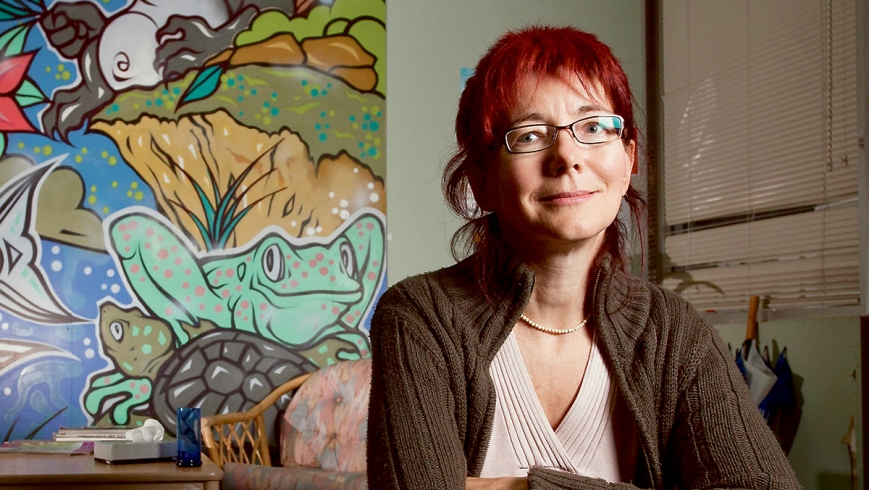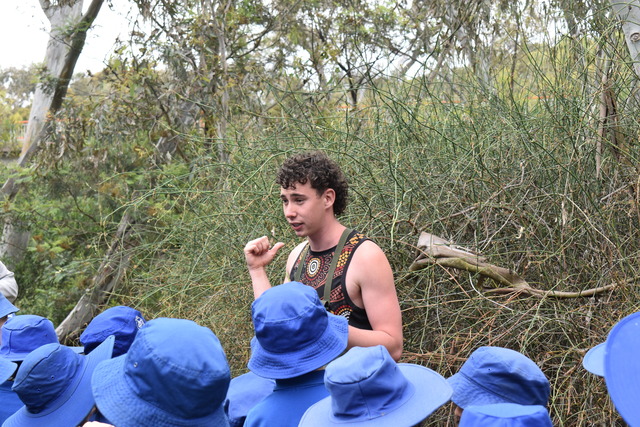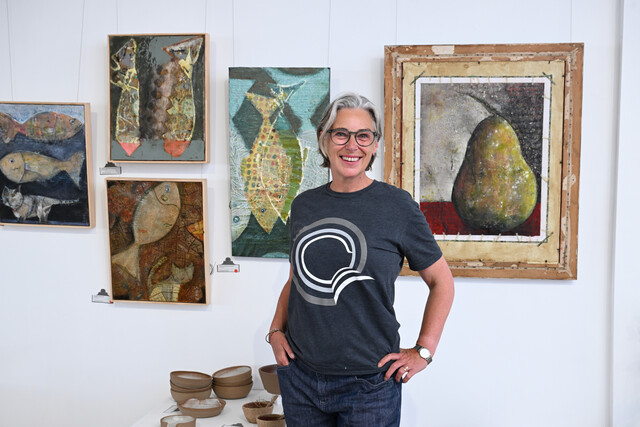Sex education and access to health services must be greatly improved if alarming increases in sexually transmitted infections are to be addressed, according to Women’s Health West.
Latest figures show Brimbank accounted for almost a quarter of all chlamydia cases in the western suburbs during 2011.
With 19 per cent (592) of the 3107 reported cases in the western region, Brimbank also recorded the highest numbers for gonorrhoea (79 of 440) and syphilis, though its rates of syphilis decreased 10 per cent in the three years to 2011.
Chlamydia cases in Brimbank rose 31 per cent, while gonorrhoea was up 36 per cent.
Women’s Health West chief executive Robyn Gregory said the west was lagging behind the rest of the state on a range of sexual and reproductive health indicators.
“Sexually active young people are less likely to report practising safe sex with a condom, and our cervical screening rates are significantly lower than the state average,” Dr Gregory said.
Launching a new four-year plan to improve sexual and reproductive health in the west, Women’s Health West also revealed Brimbank had the second-lowest rate of pap tests (31.5 per cent) among women aged 20-24.
Women are advised to have the test, which detects changes to the cervix before cervical cancer develops, every three years.
The plan is aimed at key population groups that commonly experience poor health.
Figures also showed just 45 per cent of sexually active adolescents in Brimbank used a condom regularly.
Women’s Health West health promotion co-ordinator Elly Taylor said a lack of knowledge was underpinning rising STI rates.
“Condom access is a massive contributor, as is access to health services,’’ she said.
‘‘Newly arrived migrants may not know what’s available. Some come to Australia with poor health outcomes in place. But this is a problem across the board; it’s not just exclusive to migrants and refugees.
“Brimbank fares worse across the state on a lot of indicators … there’s a lot of disadvantage and inequality.’’







